Solutions
Products
-
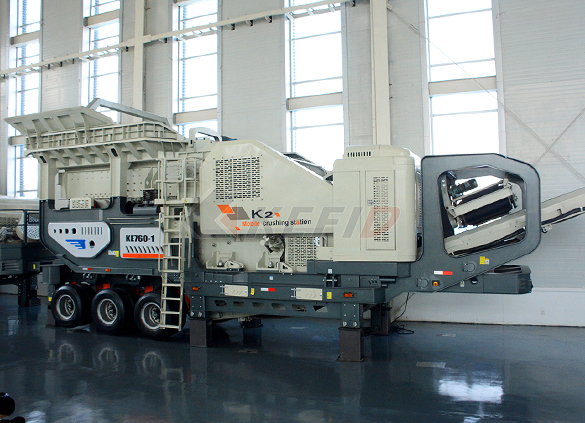
Primary mobile crushing plant
-
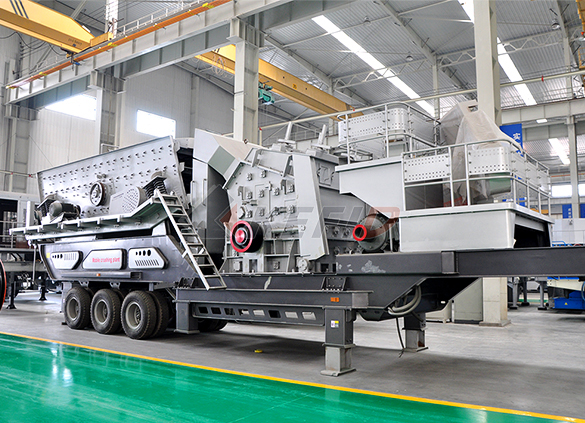
Independent operating combined mobile crushing station
-
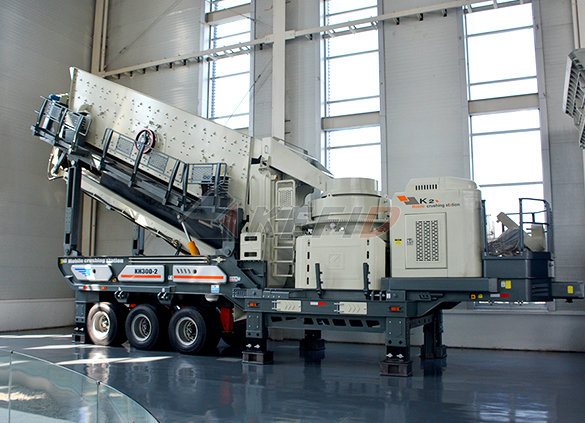
Mobile secondary crushing plant
-
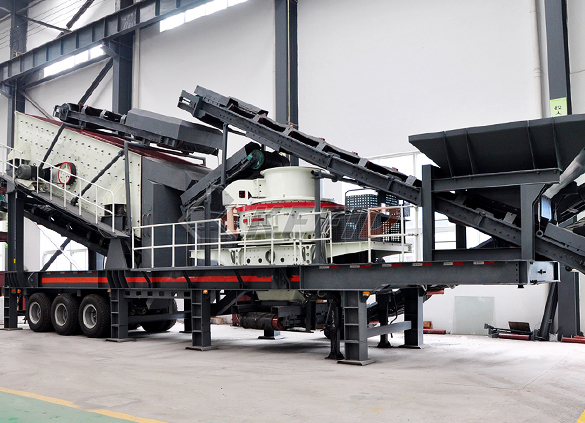
Fine crushing and screening mobile station
-
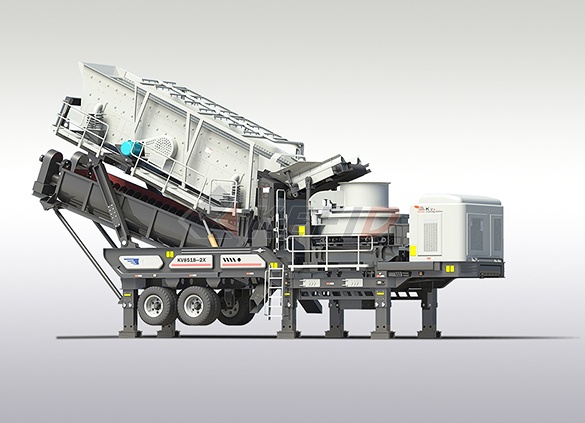
Fine crushing & washing mobile station
-
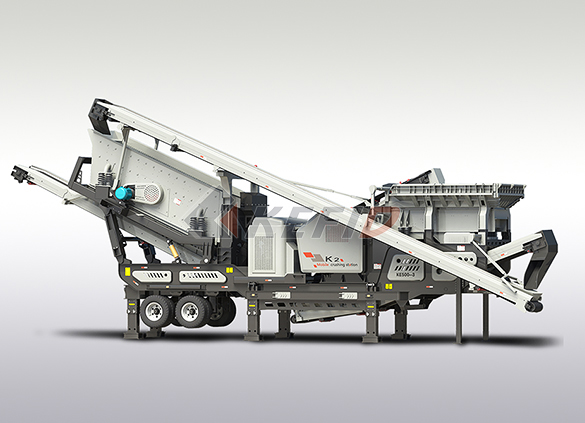
Three combinations mobile crushing plant
-
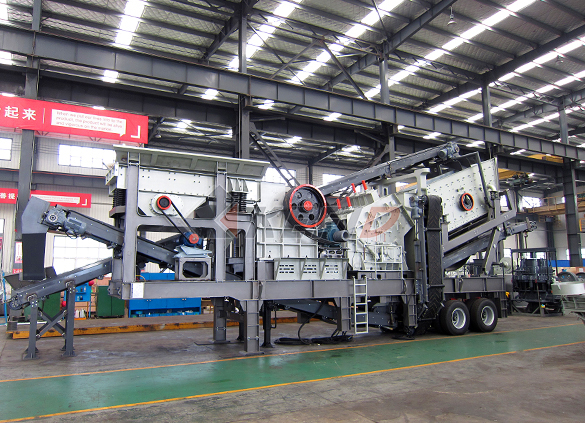
Four combinations mobile crushing plant
-
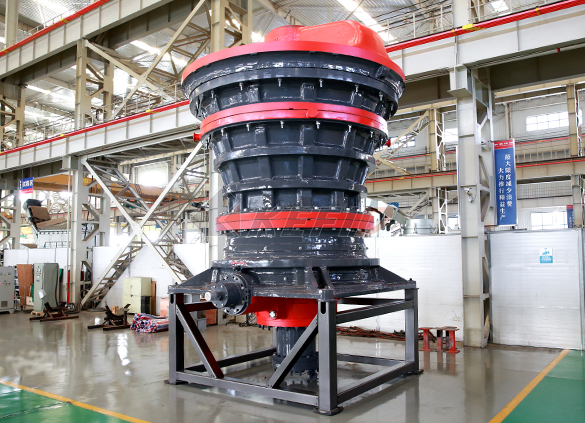
HGT gyratory crusher
-
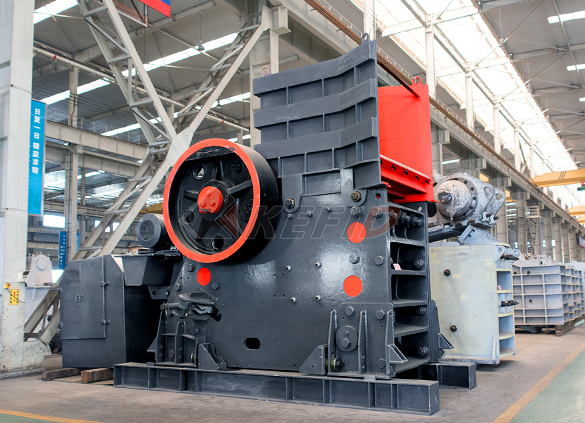
C6X series jaw crusher
-
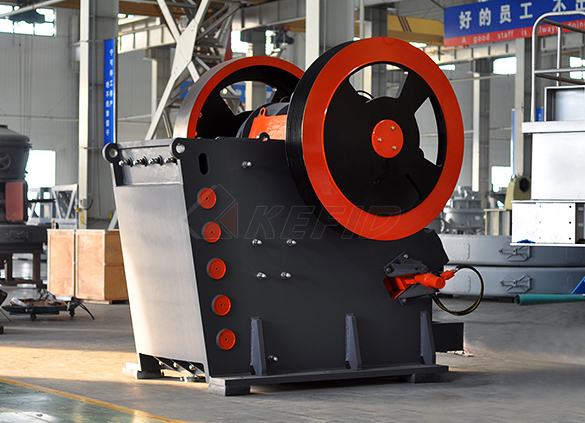
JC series jaw crusher
-
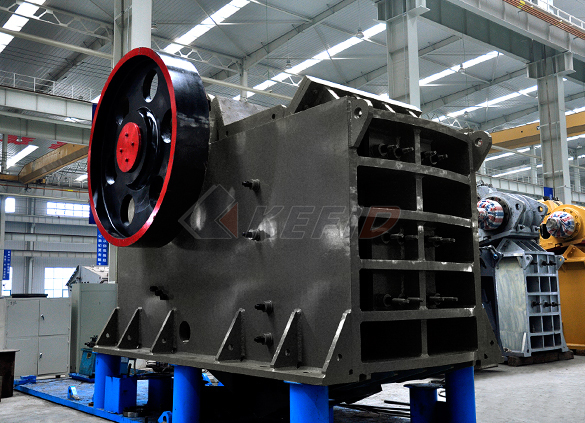
Jaw crusher
-
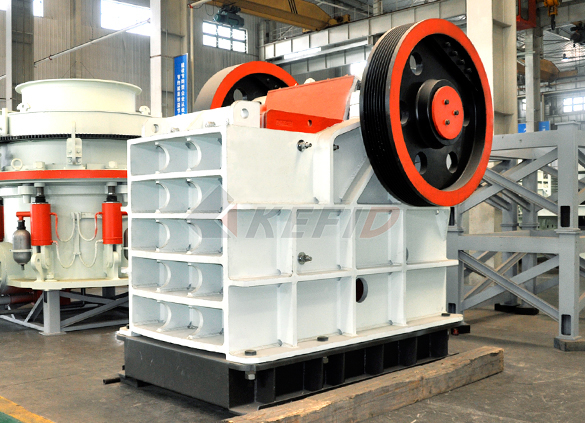
HJ series jaw crusher
-
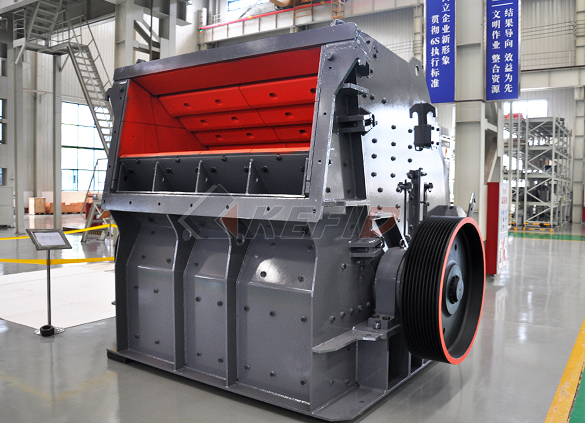
CI5X series impact crusher
-
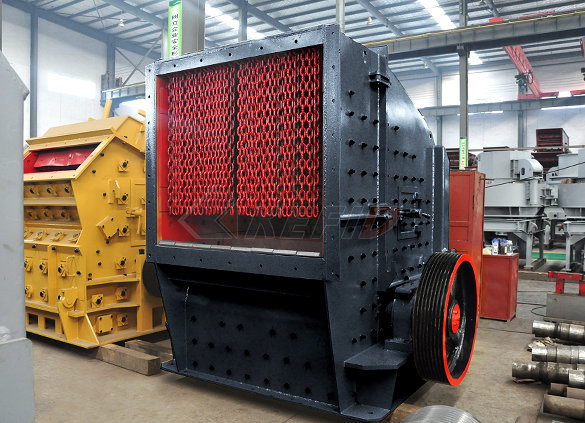
Primary impact crusher
-
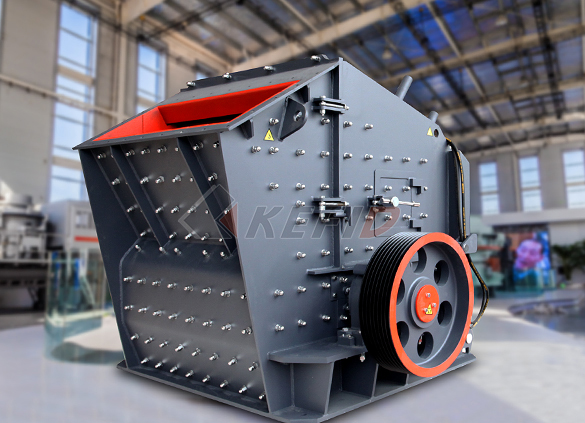
Secondary impact crusher
-
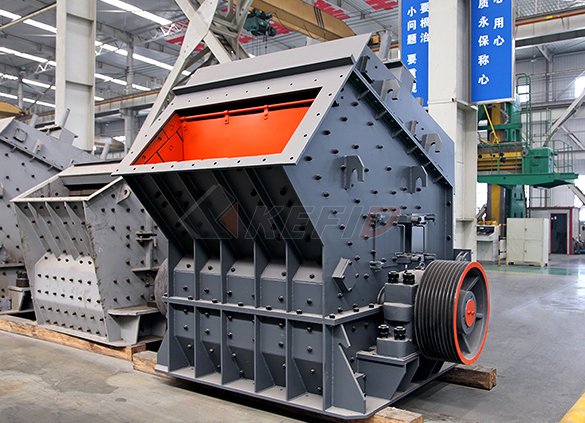
Impact crusher
-
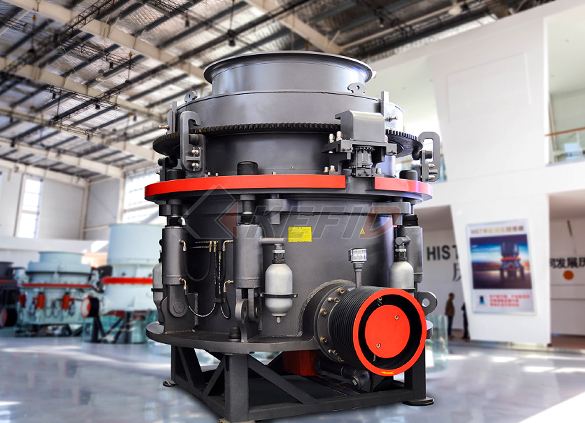
HPT series hydraulic cone crusher
-
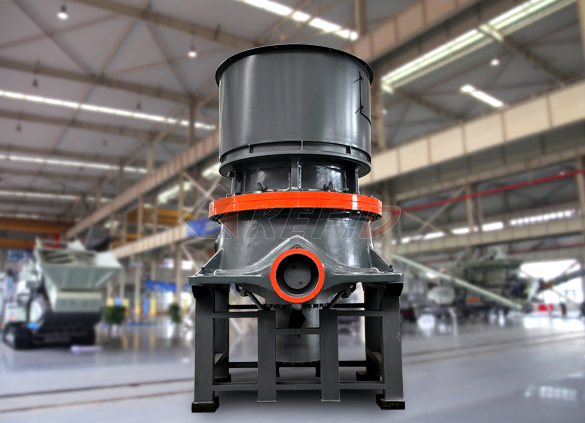
HST hydraulic cone crusher
-
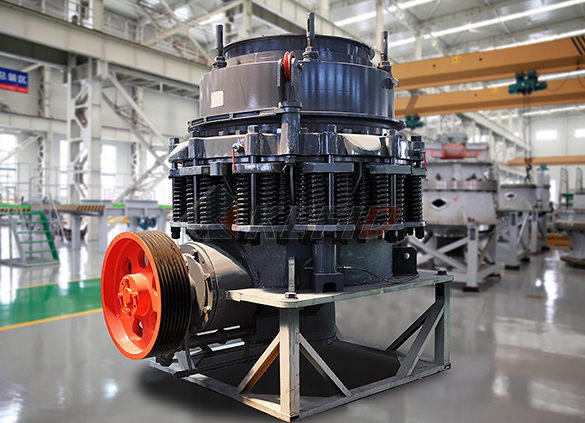
CS cone crusher
-
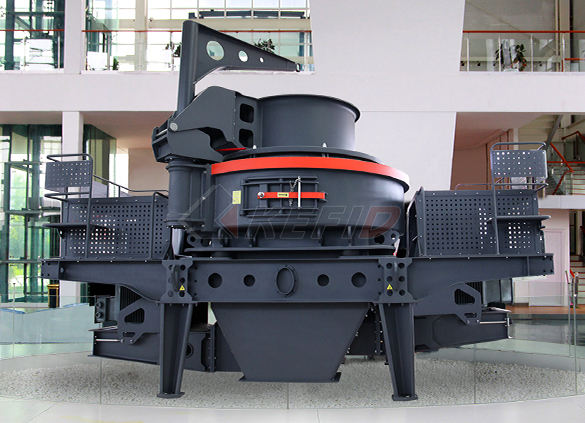
VSI6S vertical shaft impact crusher
-
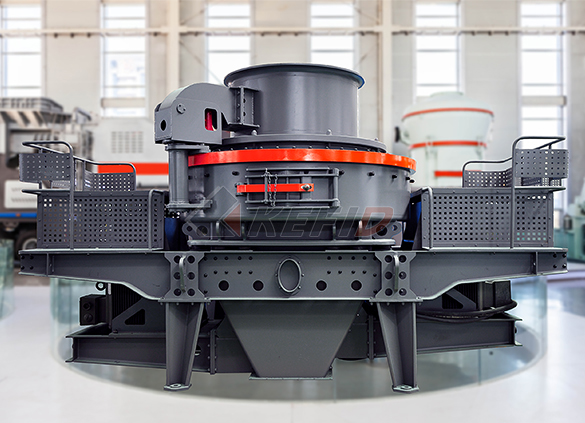
Deep rotor vsi crusher
-
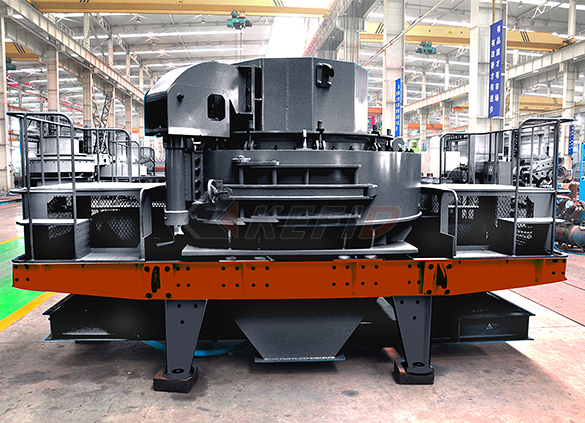
B series vsi crusher
-
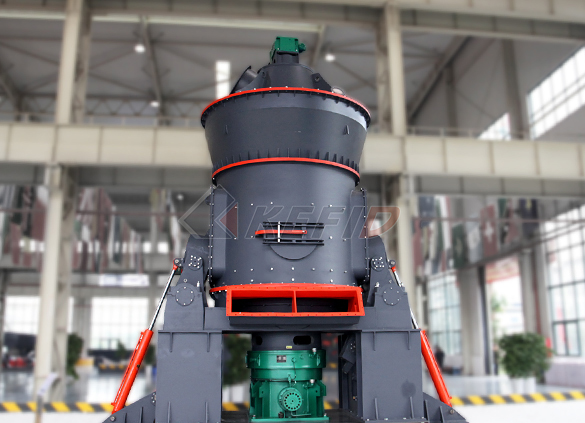
Vertical grinding mill
-
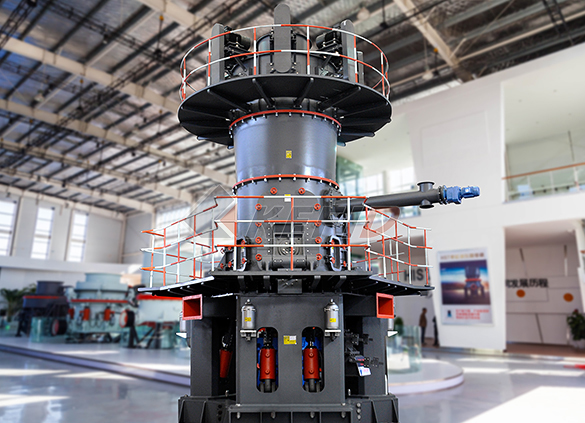
Ultra fine vertical grinding mill
-
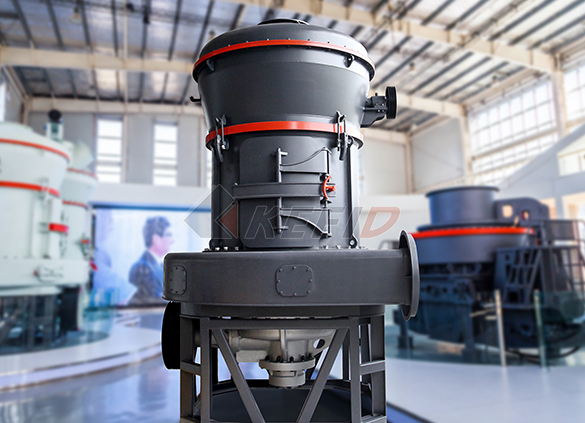
MTW european grinding mill
-
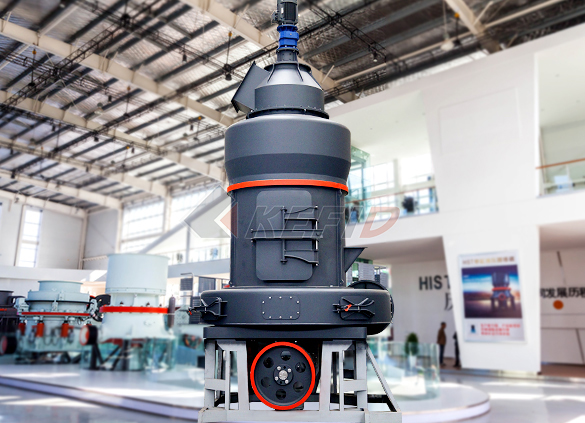
MB5X158 pendulum suspension grinding mill
-
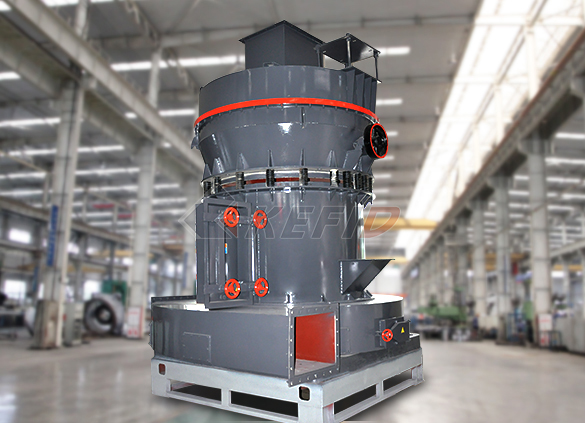
Trapezium mill
-
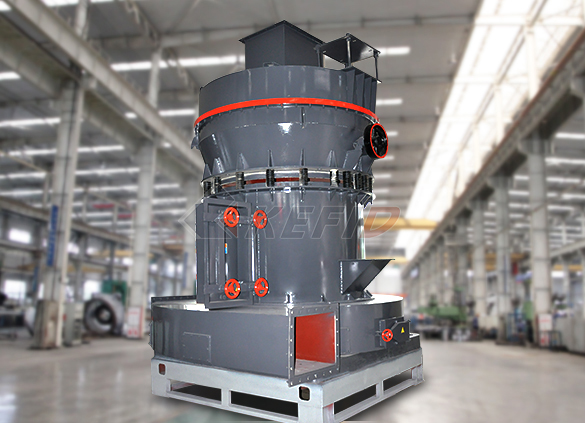
T130X super-fine grinding mill
-
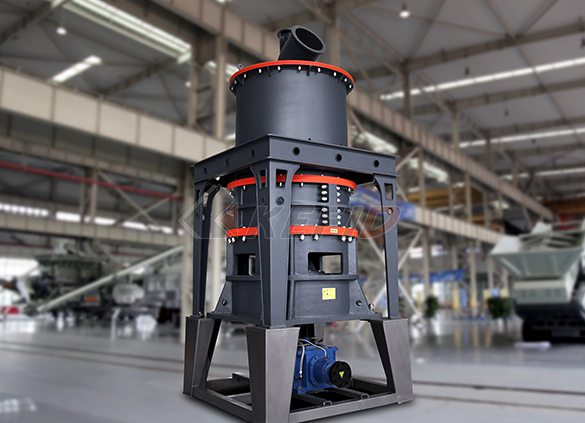
Micro powder mill
-
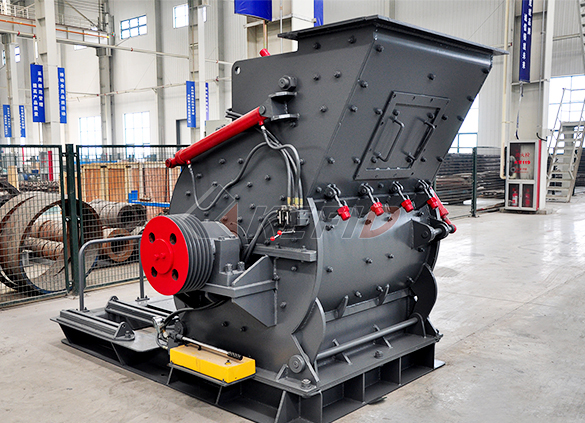
European hammer mill
-
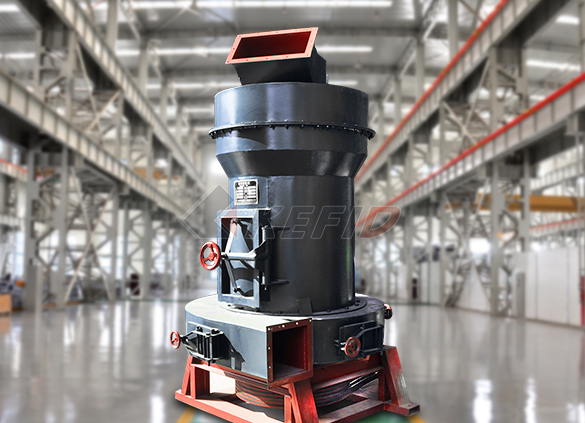
Raymond mill
-

Ball mill
-
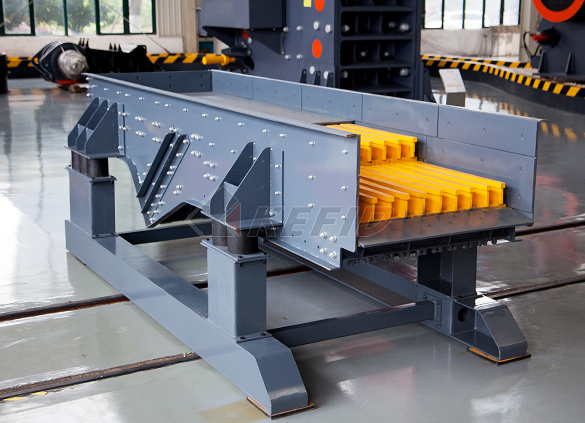
GF series feeder
-
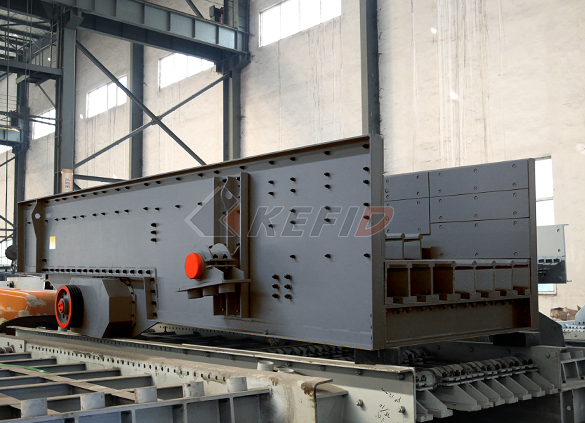
FH heavy vibrating feeder
-
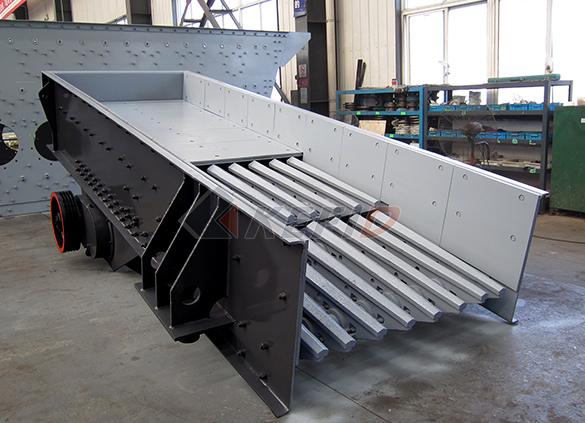
TSW series vibrating feeder
-
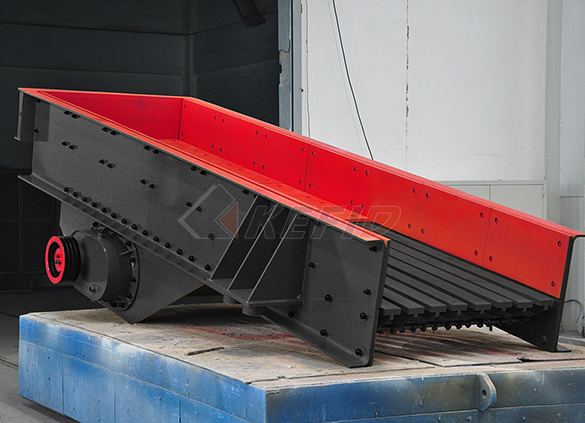
Vibrating feeder
-
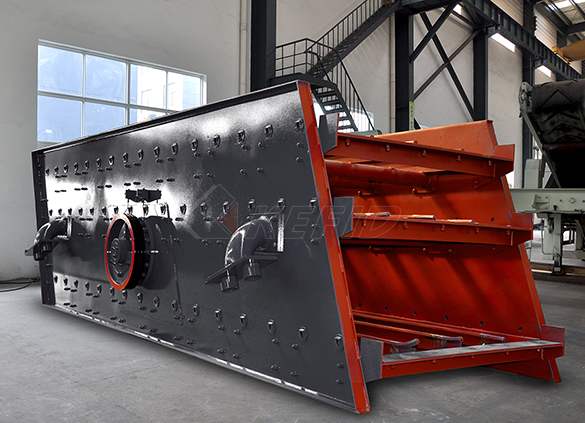
Vibrating screen
-
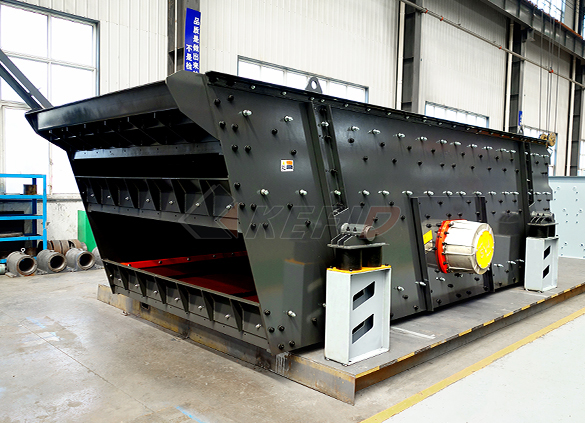
S5X vibrating screen
-

Belt conveyor
-
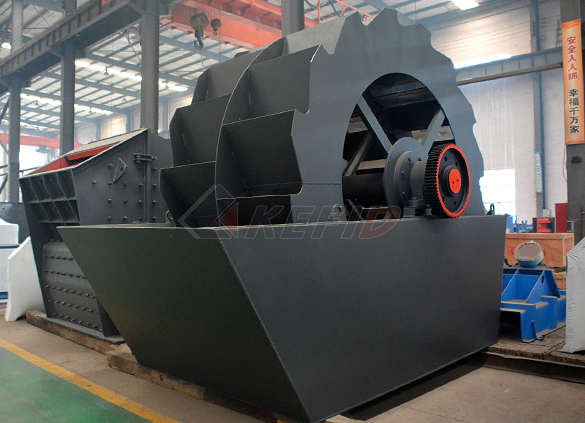
Wheel sand washing machine
-
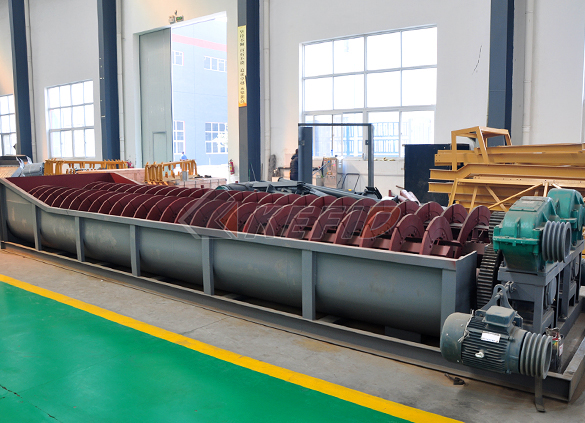
Screw sand washing machine
-
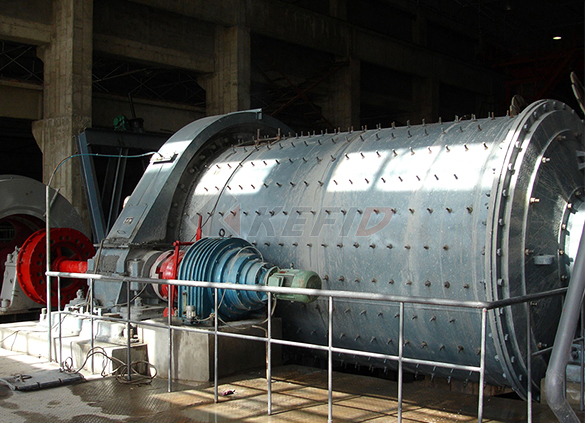
Rod mill
-

Dryer
-
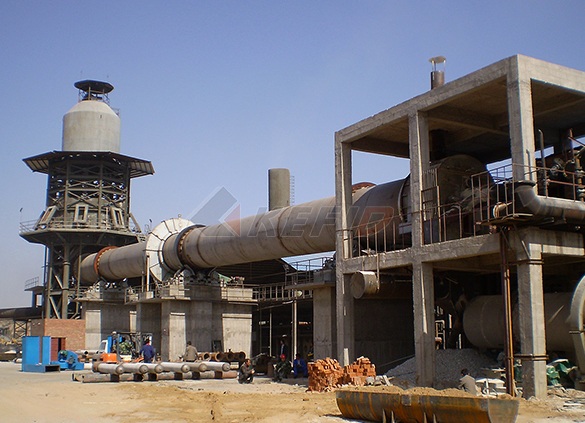
Rotary kiln
-
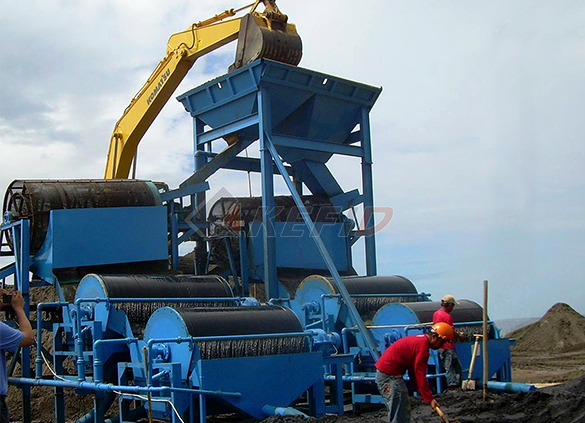
Wet magnetic separator
-
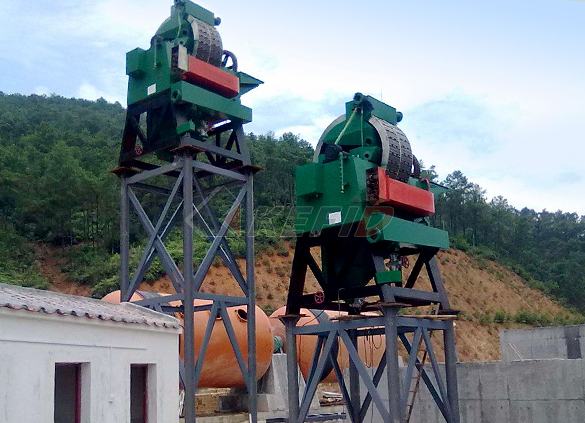
High gradient magnetic separator
-
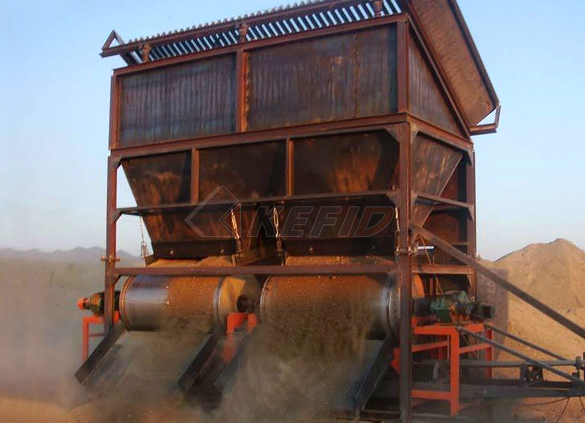
Dry magnetic separator
-
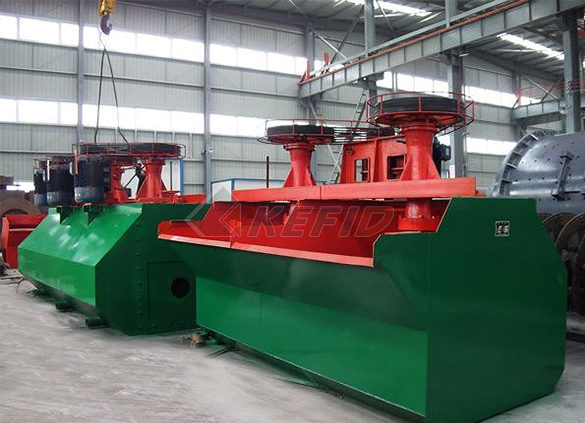
Flotation machine
-
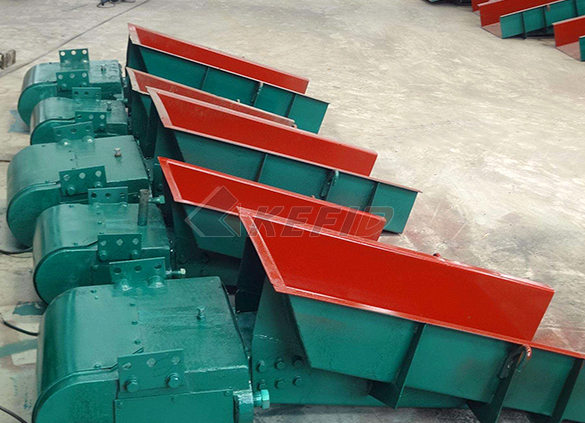
Electromagnetic vibrating feeder
-
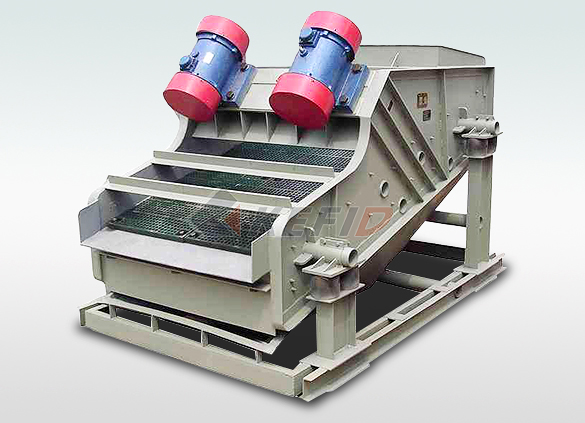
High frequency screen

gold uptake andtolerance in arabidopsis
Gold uptake and tolerance in Arabidopsis White Rose Whilst gold uptake and nanoparticle formation in plants has been studied, little research has investigated mechanisms of gold uptake The gold uptake andtolerance in arabidopsis The aims of this study were therefore to characterise gold uptake and nanoparticle formation in the model plant species Arabidopsis thaliana and subsequently investigate the transcriptional response to gold to identify mechanisms of uptake and tolerance A number of approaches were used to investigate the gold tolerance and uptake by ArabidopsisGold uptake and tolerance in Arabidopsis White Gold uptake and tolerance in Arabidopsis By Andrew Taylor Download PDF (25 MB) Abstract Gold is a precious metal with a variety of industrial uses The gold mining process is often incomplete, and discarded mine tailings contain quantities of gold uneconomical for conventional extractionGold uptake and tolerance in Arabidopsis CORE
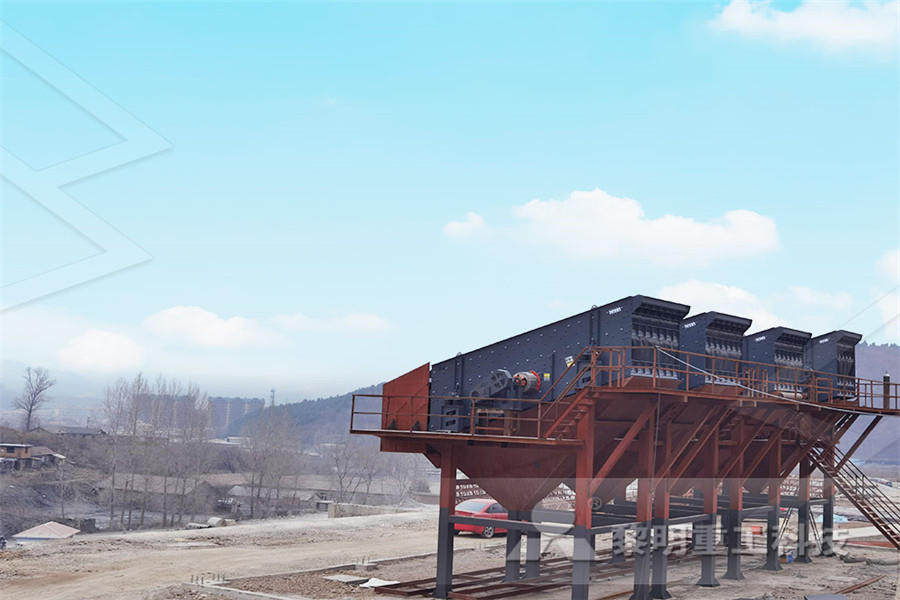
Gold uptake and tolerance in Arabidopsis CORE
Enter the password to open this PDF file: Cancel OK File name: An Arabidopsis homologue of the human Feexporting protein IREG (ironregulated) function is assigned to Ni tolerance in Arabidopsis under Fedeficiency conditions (Schaaf et al, 2006) Although the human protein is involved in the exporting process of excess Fe in the cells, Arabidopsis homologue localized to the tonoplast membraneHeavy Metal Tolerance in Arabidopsis thaliana In this study, Cd uptake, translocation, and tolerance were investigated in AHA1 (Arabidopsis plasma membrane H(+)ATPase gene) overexpressed plants Exposed to 10 µM CdCl(2), AHA1OX showed a higher root elongation, accumulated more Cd, and maintained better integrity of nucleus membrane of root tips in comparison to the control plant (WT Cadmium uptake, translocation, and tolerance in

Nanoparticle Uptake in Plants: Gold Nanomaterial
Terrestrial plants can internalize and translocate nanoparticles (NPs) However, direct evidence for the processes driving the NP uptake and distribution in plants is scarce at the cellular level Here, NProot interactions were investigated after 10 days of exposure of Arabidopsis thaliana to 10 mgL–1 of negatively or positively charged gold NPs (∼12 nm) in gels Two complementary However, direct evidence for the processes driving the NP uptake and distribution in plants is scarce at the cellular level Here, NProot interactions were investigated after 10 days of exposure of Arabidopsis thaliana to 10 mgL1 of negatively or positively charged gold NPs (∼12 nm) in gelsNanoparticle Uptake in Plants: Gold Nanomaterial NIP1;2 is a plasma membranelocalized transporter mediating aluminum uptake, translocation, and tolerance in Arabidopsis Yuqi Wanga, Ruihong Lia,b, Demou Lia,c, Xiaomin Jia a, Dangwei Zhoua,d, Jianyong Lia,e, Sangbom M Lyi , Siyu Houa,f, Yulan Huanga,g, Leon V Kochiana,h, and Jiping Liua,1 aRobert W Holley Center for Agriculture and Health, US Department of Agriculture, Agricultural NIP1;2 is a plasma membranelocalized transporter

Cadmium uptake, translocation and tolerance in the
Arabidopsis halleri is a well‐known zinc (Zn) hyperaccumulator, but its status as a cadmium (Cd) hyperaccumulator is less certain Here, we investigated whether A halleri can hyperaccumulate Cd and whether Cd is transported via the Zn pathway Growth and Cd and Zn uptake were determined in hydroponic experiments with different Cd and Zn concentrationsGold uptake and tolerance in Arabidopsis By Andrew Taylor Download PDF (25 MB) Abstract Gold is a precious metal with a variety of industrial uses The gold mining process is often incomplete, and discarded mine tailings contain quantities of gold uneconomical for conventional extractionGold uptake and tolerance in Arabidopsis CORE However, this hyperaccumulator is considered as one of the best model species for studies on metal tolerance and accumulation and for identification of potential target genes for genetic engineering because: (i) it is the closest metaltolerant relative of the model species Arabidopsis thaliana, with which it shows high nucleotide sequence The use of the model species Arabidopsis halleri
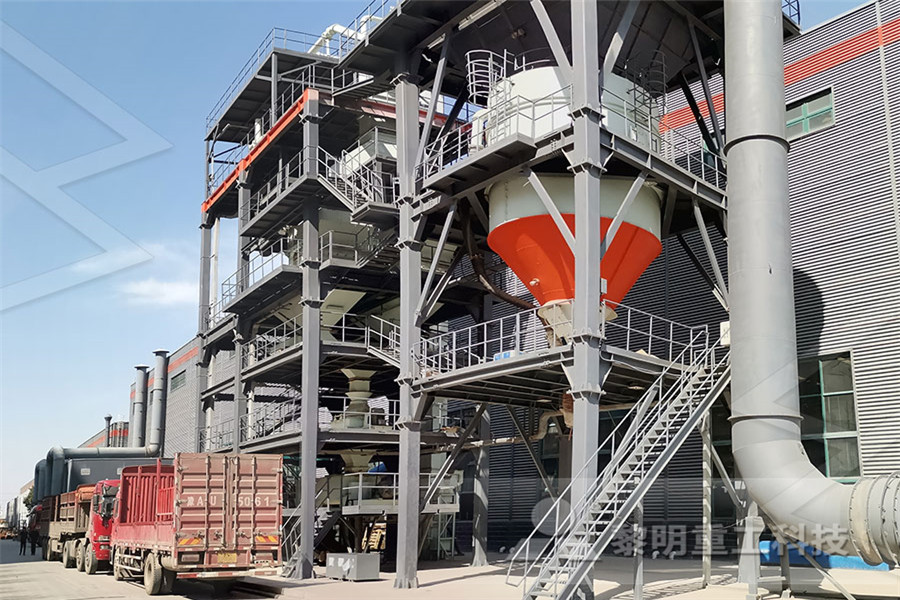
Heavy Metal Uptake and Tolerance Mechanisms of
Zhao F, Jiang R, Dunham S, McGrath S (2006) Cadmium uptake, translocation and tolerance in the hyperaccumulator Arabidopsis halleri New Phytol 172:646–654 CrossRef PubMed Google Scholar 85 Immunological detection of AtHKT1 Crosssection of Arabidopsis thaliana leaf immunostained using an antiAtHKT1 antibody (b) and (c) are enlarged sections of (a) The expression of AtHKT1 indicated by the appearance of gold particles [arrows in (b) and arrowheads in (c)] was detected in the xylem parenchyma cells (XP) but not in vessel tubes of xylem cells (Ve) or phloem cells (Ph)Enhanced salt tolerance mediated by AtHKT1 (a) Boron tolerance phenotype, (b) Fresh shoot weight and, (c) root length of the Arabidopsis transgenic lines 43, 51 and 60 as compared with wild type (WT) on Enhanced Boron Tolerance in Plants Mediated by

Overexpression of Vitreoscilla hemoglobin increases
Arabidopsis plants expressing exogenous VHb exhibit higher tolerance to waterlogging We obtained 18 transgenic VHb Arabidopsis plantlets and 14 transgenic control plantlets containing the pBI121 empty vector that grew green leaves and welldeveloped roots from the kanamycinselective MS medium (data not shown) To assess the expression levels of the VHb gene, quantitative realtime RT A number of cyclic nucleotide gated channel (CNGC) genes have been identified in plant genomes, but their functions are mainly undefined In this study, we identified the role of CNGC10 in the response of Arabidopsis thaliana to salt stress The cngc10 TDNA insertion mutant showed greater tolerance to salt than wildtype A thaliana during seed germination and seedling growthCyclic nucleotide gated channel 10 negatively This minireview aims at gaining knowledge on basic aspects of plant nanotechnology While in recent years the enormous progress of nanotechnology in biomedical sciences has revolutionized therapeutic and diagnostic approaches, the comprehension of nanoparticleplant interactions, including uptake, mobilization and accumulation, is still in its infancyFrontiers Nanotechnology in Plant Science: To Make
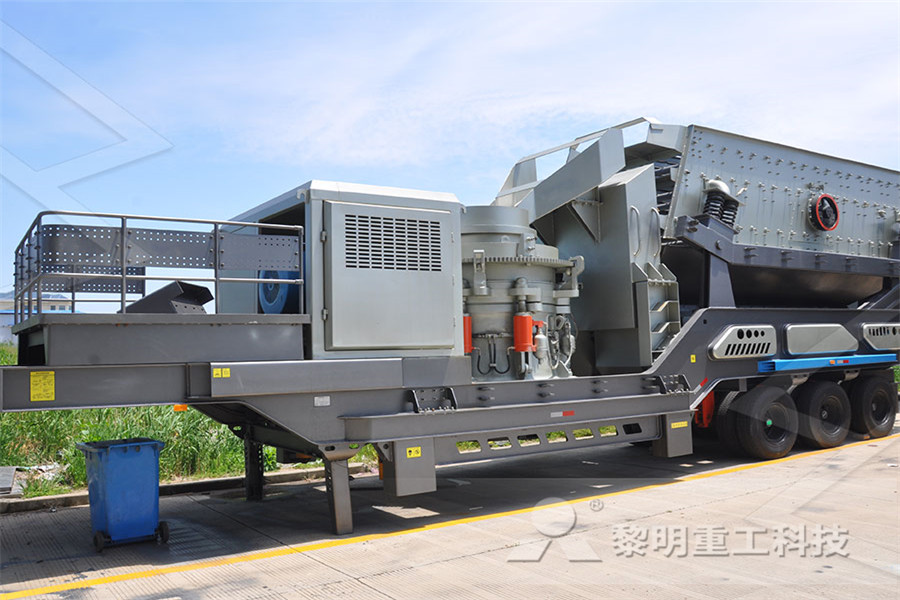
Natural Variation of Root Traits: From Development to
The root system has a crucial role for plant growth and productivity Due to the challenges of heterogeneous soil environments, diverse environmental signals are integrated into root developmental decisions While root growth and growth responses are genetically determined, there is substantial natural variation for these traits Studying the genetic basis of the natural variation of root Ethylene Biosynthesis and Action Blockers Reduce the K + StarvationInduced ROS Production in Roots Potassium starvation induces an increase in ROS in Arabidopsis roots, which has been implicated in regulating gene transcription in response to low concentrations of K + (Shin and Schachtman, 2004)To test whether there is a relationship between ethylene and low K +induced ROS production, we Ethylene Mediates Response and Tolerance to However, this hyperaccumulator is considered as one of the best model species for studies on metal tolerance and accumulation and for identification of potential target genes for genetic engineering because: (i) it is the closest metaltolerant relative of the model species Arabidopsis thaliana, with which it shows high nucleotide sequence The use of the model species Arabidopsis halleri

AT4G19680(IRT2) Arabidopsis
Role of Feresponsive genes in bioreduction and transport of ionic gold to roots of Arabidopsis thaliana during synthesis of gold nanoparticles the role in zinc tolerance : THE NEW PHYTOLOGIST : AT1G60960 AT4G19680 AT4G19690 and gene expression reveals conserved essential genes for iron uptake in Arabidopsis and tomato In Arabidopsis, SULTR1;1 and SULTR1;2 are two genes proposed to be involved in highaffinity sulphate uptake from the soil solution We address here the specific issue of their functional redundancy for the uptake of sulphate and for the accumulation of its toxic analogue selenate with regard to plant growth and selenate toleranceUnequal functional redundancy between the two (a) Boron tolerance phenotype, (b) Fresh shoot weight and, (c) root length of the Arabidopsis transgenic lines 43, 51 and 60 as compared with wild type (WT) on Enhanced Boron Tolerance in Plants Mediated by
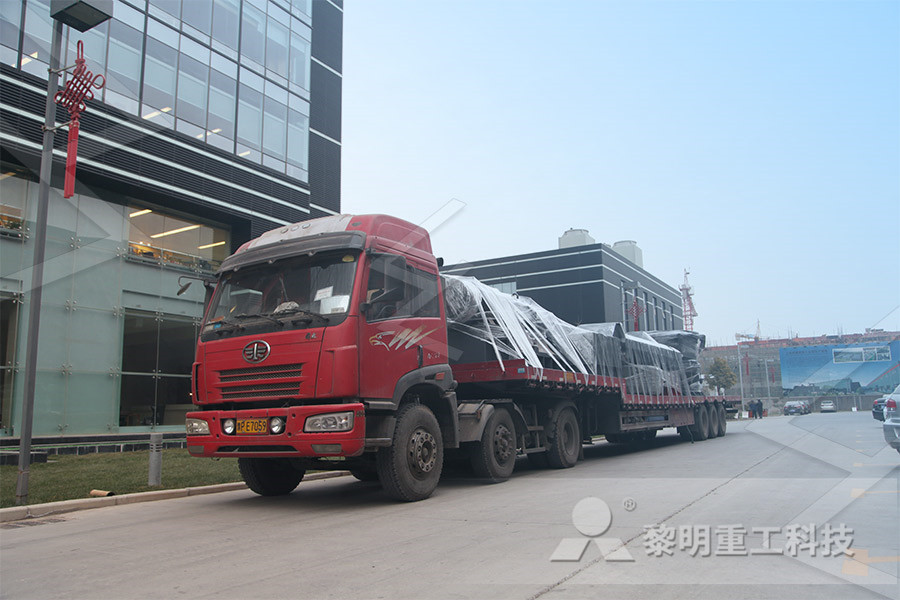
Ethylene Mediates Response and Tolerance to
Ethylene Biosynthesis and Action Blockers Reduce the K + StarvationInduced ROS Production in Roots Potassium starvation induces an increase in ROS in Arabidopsis roots, which has been implicated in regulating gene transcription in response to low concentrations of K + (Shin and Schachtman, 2004)To test whether there is a relationship between ethylene and low K +induced ROS production, we Arsenate tolerance, uptake and arsenateinduced phytochelatin (PC) accumulation were compared at different phosphorus supply rates in two populations of the broom, Cytisus striatus , one from an arsenicenriched gold mine and one from a nonmetalliferous site After 7 d of exposure, arsenate tolerance was higher in the mine populationMechanisms of arsenate tolerance in Cytisus striatus Maintaining low intracellular Na+ concentrations is an essential physiological strategy in salt stress tolerance in most cereal crops Here, we characterized a member of the highaffinity K+ transporter (HKT) family in barley ( Hordeum vulgare ), HvHKT1;5, which negatively regulates salt tolerance and has different functions from its homology in other cereal cropsThe HKT Transporter HvHKT1;5 Negatively Regulates

Natural Variation of Root Traits: From Development to
The root system has a crucial role for plant growth and productivity Due to the challenges of heterogeneous soil environments, diverse environmental signals are integrated into root developmental decisions While root growth and growth responses are genetically determined, there is substantial natural variation for these traits Studying the genetic basis of the natural variation of root Chemicals taken up into plants may be accumulated so leading to toxic effects Uptake and phytotoxicity of free cyanide was determined with the willowtree transpiration test Willow sets were grown in sand and irrigated with varying levels of cyanide (CN) Toxicity was determined by measuring transpiration At CN concentrations below 10 mg/L, no toxic effects were observed At 20 mg/L Uptake, Metabolism, Accumulation and Toxicity of Chloroplasts play a great role for sustained wellbeing of life on the planet They have the power and raw materials that can be used as sophisticated biological factories They are rich in energy as they have lots of pigmentprotein complexes capable of collecting sunlight, in sugar produced by photosynthesis and in minerals imported from the plant cell Chloroplast genome transformation Recent achievements obtained by chloroplast